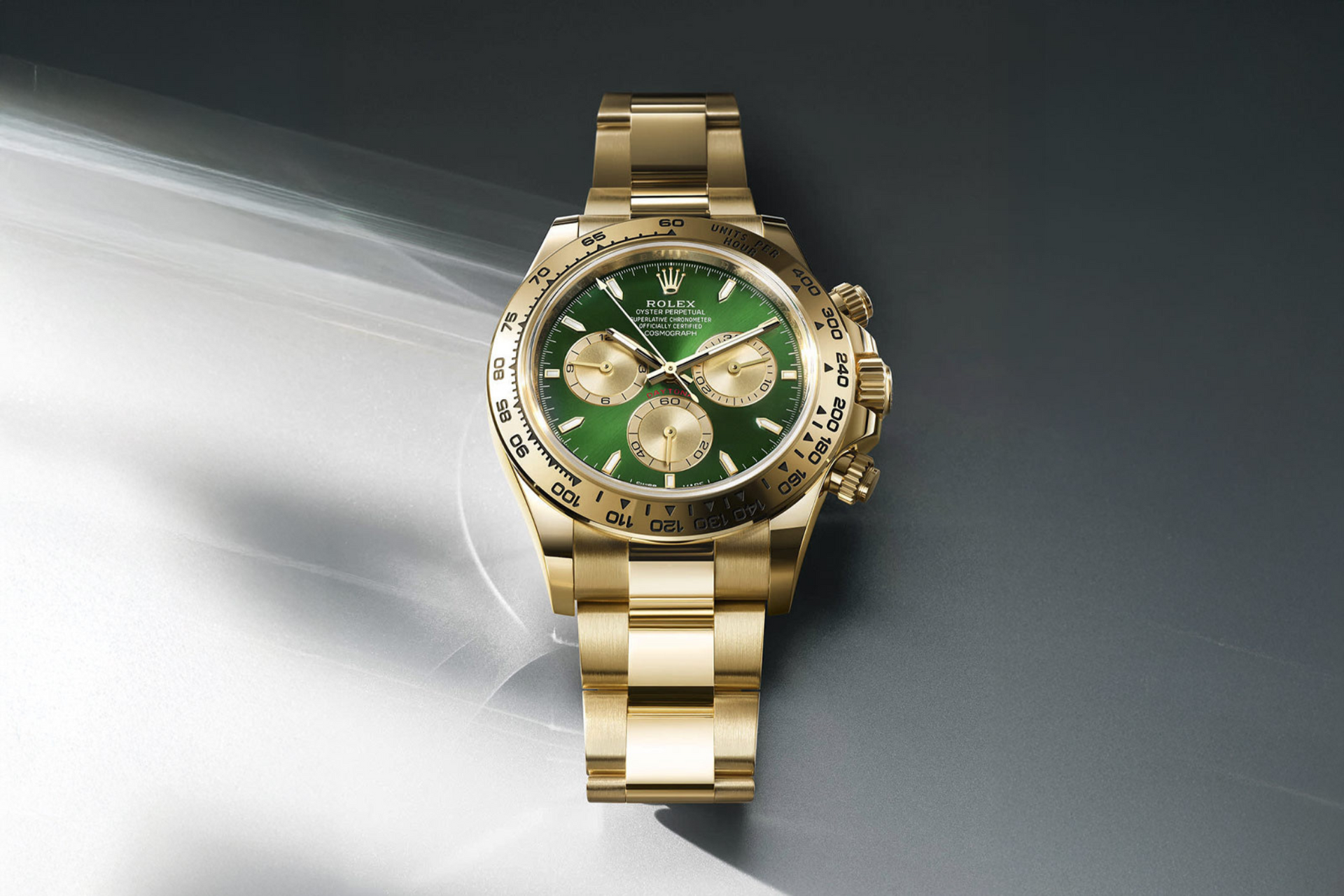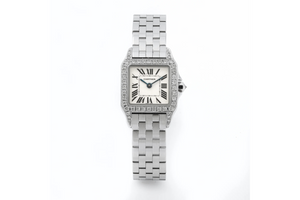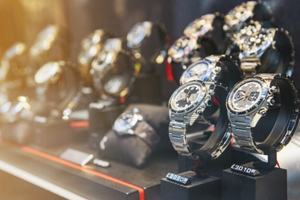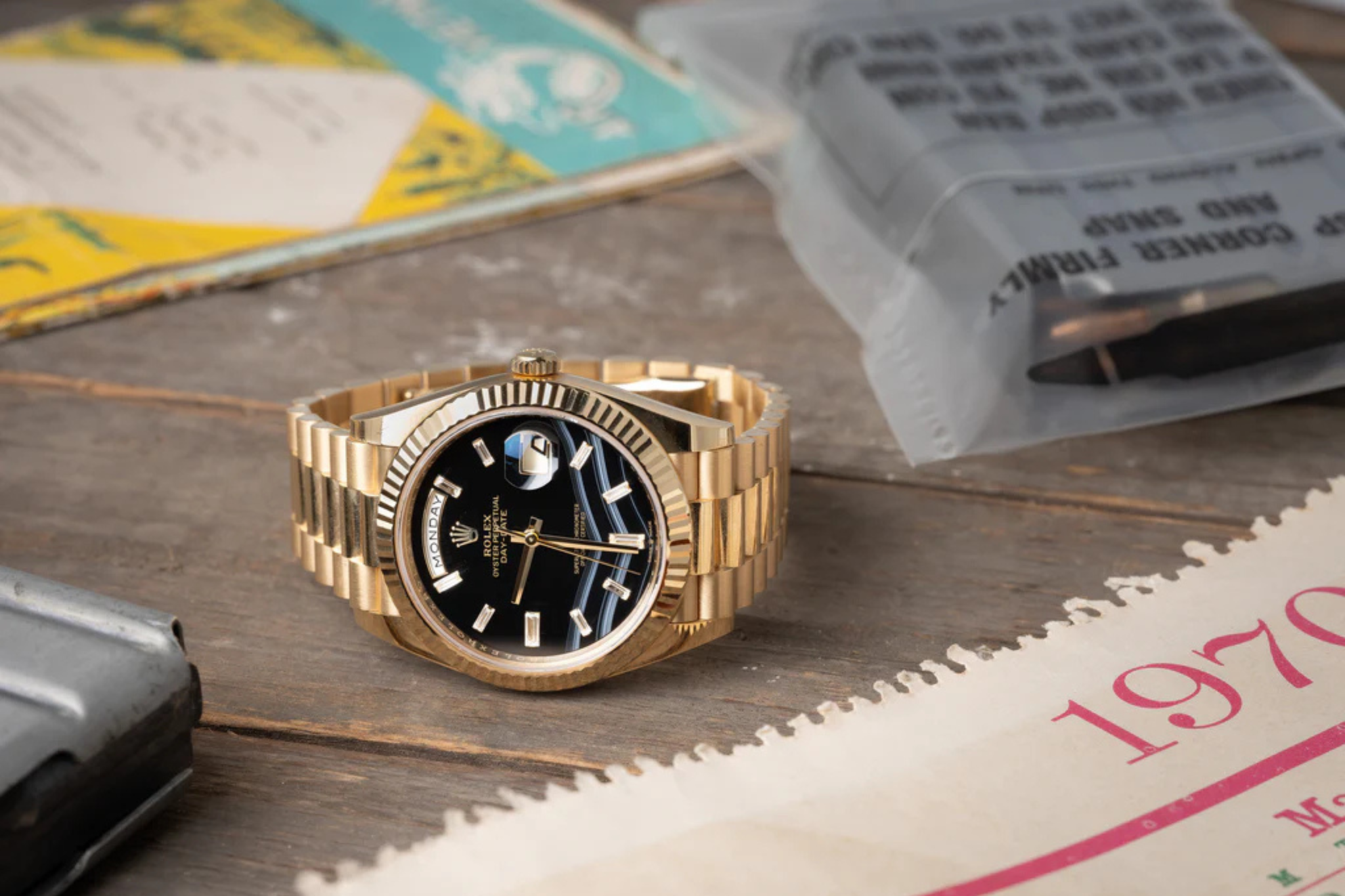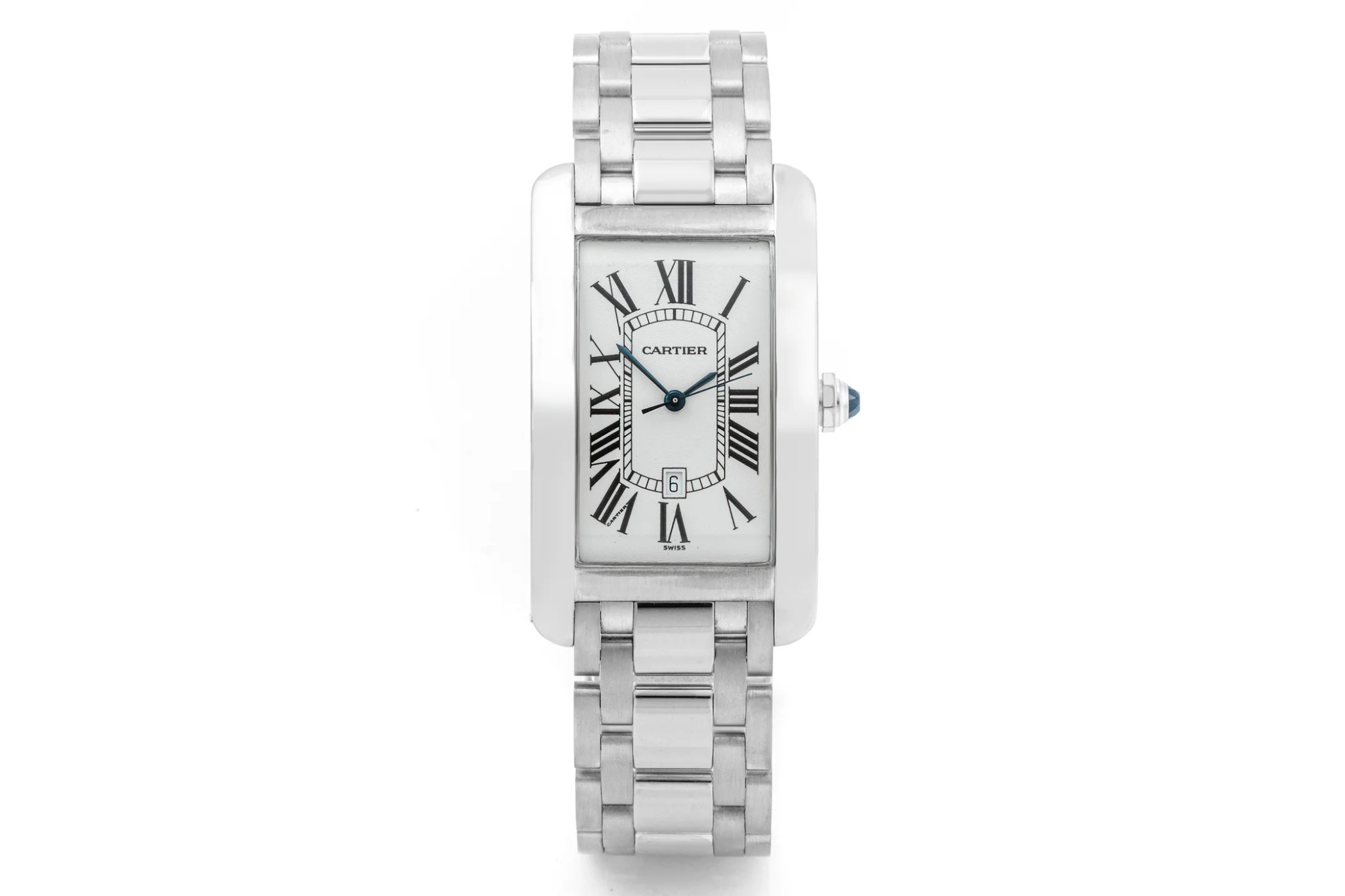Rolex & Cartier are two of the most iconic names in luxury watchmaking, often celebrated for elegance, prestige, and cultural influence. But their stories go far beyond red carpets and boardrooms. Both brands have been silent companions during wars, revolutions, and moments of extraordinary human resilience.
In the trenches, in the skies, and even in prisoner-of-war camps, Rolex & Cartier watches were more than symbols of status - they were tools of survival, instruments of precision, and sometimes, emotional lifelines. This article explores their remarkable military histories, the legendary figures who wore them, and the ways these timepieces became intertwined with global conflict.
Why Watches Mattered in War
During the world wars, accurate timekeeping was a matter of life and death. Coordinating attacks, navigating battlefields, and surviving hostile environments depended on durable, reliable watches.
-
Precision: Military maneuvers required perfect synchronization.
-
Durability: Watches had to endure mud, water, and extreme temperatures.
-
Identity: A watch often symbolized rank, heritage, or alliance.
-
Morale: For many soldiers, a timepiece was a reminder of life beyond war.
Rolex & Cartier rose to these demands, creating models that would go on to define entire eras of horology.
Rolex in Military History
Rolex and POW Heroes
One of Rolex’s most inspiring wartime stories comes from World War II. Many British officers imprisoned in German POW camps ordered Rolex watches - often the Rolex Oyster Chronograph. Founder Hans Wilsdorf allowed them to defer payment until after the war, a gesture of faith and solidarity.
The most famous of these was Corporal Clive Nutting, an RAF officer held at Stalag Luft III (the site of The Great Escape). He ordered a Rolex Oyster 3525, which he later used to time escape attempts. The watch survives today as a symbol of courage and trust.
The Military Submariner (MilSub)
In the 1950s and 1960s, Rolex supplied the British Royal Navy with modified Submariners. These “MilSubs” had fixed lugs, sword hands, and special engravings. Built for combat divers, they became legendary tools of underwater warfare. Today, they are among the most collectible Rolexes in the world.
Explorer and Extreme Conditions
Although not strictly military, the Rolex Explorer - developed after the 1953 ascent of Mount Everest - became a favorite among soldiers and explorers operating in hostile terrains. Its simple, durable design made it an unofficial companion of adventurers and military personnel alike.
Cartier in Military History
The Cartier Santos and Early Aviation
The Cartier Santos, created in 1904 for aviator Alberto Santos-Dumont, was one of the world’s first purpose-built wristwatches. Its practicality for pilots foreshadowed how essential wristwatches would become in WWI and WWII for aviators and officers.
The Cartier Tank: Born from the Battlefield
Perhaps no watch has a closer connection to war than the Cartier Tank. Designed in 1917 by Louis Cartier, it was inspired by the Renault tanks used in WWI. Its rectangular case and clean lines evoked both military machinery and modernist design.
After the war, the Tank became a symbol of victory, resilience, and modern elegance. Worn by generals, statesmen, and celebrities alike, it bridged the worlds of combat and culture.
Cartier in Diplomacy and Leadership
While Rolex became known for its battlefield durability, Cartier became the choice of political leaders and diplomats. The Tank was worn by figures such as General Pershing, Jackie Kennedy, and Princess Diana - bridging military legacy with political and cultural influence.
Rolex & Cartier: Two Faces of Military Heritage
-
Rolex: The soldier’s tool - robust, functional, and designed for survival under extreme conditions.
-
Cartier: The officer’s statement - elegant, symbolic, and tied to leadership and diplomacy.
Together, these brands represent the dual nature of wartime watches: tools of utility and emblems of identity.
Watches as Military Gifts and Symbols
Luxury watches often played a role as military gifts. Officers received Rolex or Cartier timepieces to mark promotions, victories, or retirement. Leaders gifted them to allies as symbols of respect. These exchanges reinforced the symbolic power of watches in wartime culture.
Collecting Military Rolex & Cartier Today
For modern collectors, military-linked models are among the most fascinating:
-
Rolex Oyster Chronographs from POW stories.
-
Rolex MilSubs issued to the British Navy.
-
Cartier Tanks tied to WWI origins.
-
Cartier Santos linked to aviation pioneers.
Buying these pieces, especially in the certified pre-owned market, is like owning a piece of living history - a watch that witnessed both conflict and resilience.
The Legacy of Timekeepers of War
Rolex & Cartier watches are more than luxury items; they are artifacts of human history. They remind us of soldiers who relied on them, leaders who wore them as symbols of authority, and entire nations that moved in sync with their ticking hands.
When we wear a Rolex Submariner or a Cartier Tank today, we’re not just wearing a watch. We’re wearing a piece of military history, a timekeeper that once helped shape the world.
Final Thoughts
The military stories of Rolex & Cartier show us that luxury watches are not only about elegance but also about resilience, courage, and legacy. Whether strapped to the wrist of a prisoner plotting escape, a diver navigating underwater missions, or a general leading from the front, these timepieces have stood as silent companions in humanity’s most defining moments.
For collectors, investing in Rolex and Cartier isn’t just about owning a luxury accessory - it’s about preserving history and honoring the timeless role of watches in war and peace.

